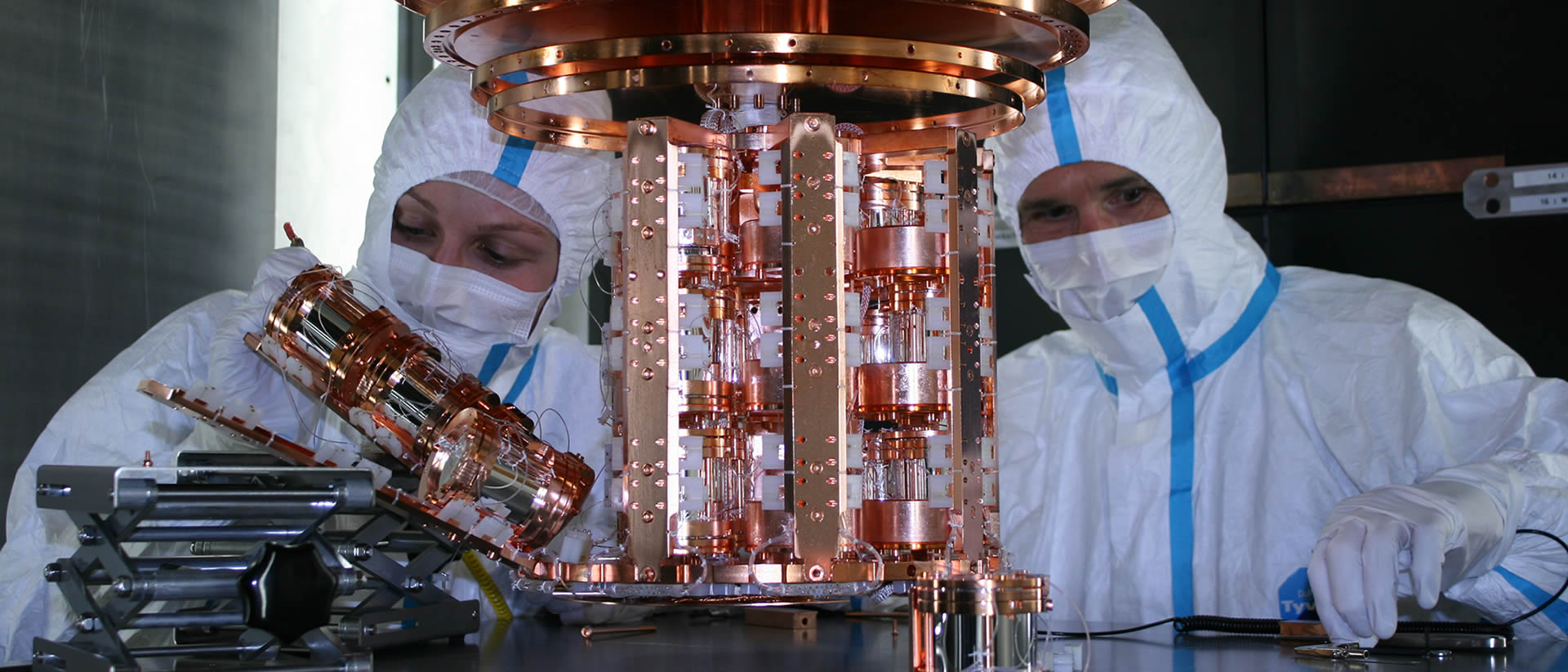
Dark Matter: The usual suspects
A pragmatic approach would be to question if one has really counted all of the matter in the universe correctly. Because not seeing them with telescopes does not necessarily mean that no burnt-out stars or non-luminescent planets from normal matter hide somewhere. One also speaks of so called MACHOs — Massive Compact Halo Objects — that do not emit light by their own, but could contribute enough mass to the galaxy to solve the problem. For example, only shortly scientists recognized a distortion in the movement of trans-Neptunian objects, indicating the existence of a ninth planet in our system. This planet we also cannot see, although its mass has an influence on its surrounding. Unfortunately, the theory of MACHOs being a solution to the dark matter problem had to be discarded. There is a method to estimate the number and the mass of these MACHOs: In case a MACHO gets between Earth and a star or galaxy, one would encounter a small variation in the brightness of the luminous object. It turned out that scientists should see a lot more of these events than they actually do to explain all of the dark matter with MACHOs. So, we have to look for something different.
One major hint on the nature of dark matter is provided by the cosmic microwave background from which we can see that dark matter must not consist of electrons and protons. If it would, the picture taken from the early stage of the universe would look totally different. Physicists can derive from the microwave background that particles must have been responsible for structure formation in the cosmos that had no interaction with each other — except for gravity — and thus were allowed to move unaffected by electromagnetic forces. But electrons and protons have existed as free particles in the first 380.000 years and their charge would have had huge influence on their behavior. Something different must have existed, which predetermined the basic gravitational structure of the universe. Protons and electrons mostly reacted to the existent gravitational force of these masses.
And in fact there already is a particle with parameters expected for dark matter: The Neutrino. Is this the particle solving the dark matter problem?
In the standard model of particle physics the neutrino is the fourth particle — besides electron, proton and neutron. Each time neutrons and protons are converted into each other, for example after nuclear fission or in nuclear fusion processes, neutrinos are produced. The idea to introduce neutrinos came up in 1930 as solution to a fundamental problem, when scientists encountered a violation of the laws of conservation of energy and momentum in processes of the weak interaction, and in the 1960s, their existence was experimentally confirmed. They are electrically neutral and can only communicate with other particles via gravitation or the weak interaction — perfectly fitting the requirements to be dark matter.
The drawback is: neutrinos have a very low mass. The mass of all neutrinos in the universe is not enough to explain the huge attraction and, as a consequence of their low mass, they are moving nearly with the speed of light. Particles with such a high velocity cannot be an anchor for the formation of a universe in which matter clumps to galaxies and galaxy clusters.
At the end, none of the known particles remains as dark matter candidate. But scientists have the tools to make one step further into this new field of physics.












